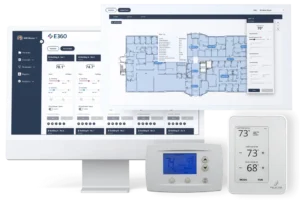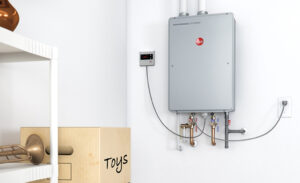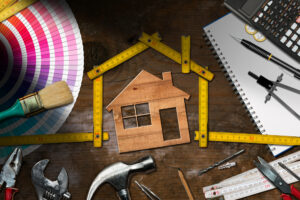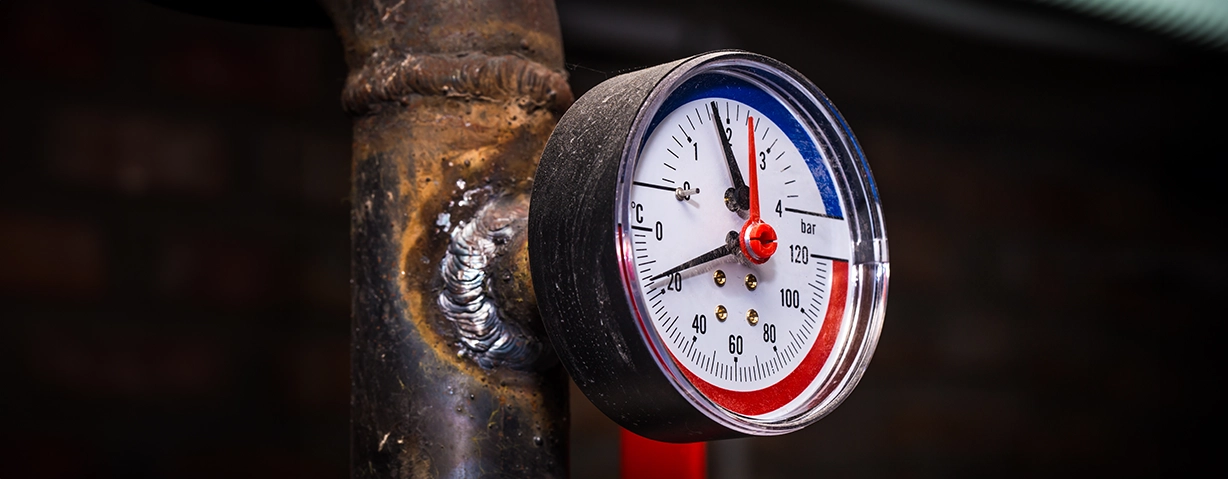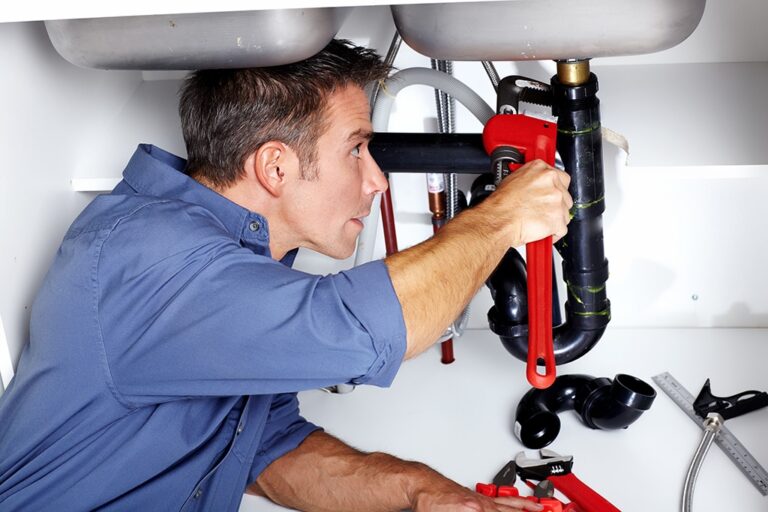Water pressure is a fundamental aspect of any plumbing system, influencing everything from how well your faucets function to the performance of your dishwasher. Proper water pressure is crucial for a smoothly running household, ensuring that you have enough water flow for daily tasks like showering, washing dishes, or even watering your garden. However, too much or too little pressure can lead to significant plumbing issues, costly repairs, and inefficiencies in your water use.
In this article, we will delve into everything you need to know about water pressure in plumbing systems: why it matters, how to measure it, common issues associated with high and low pressure, and how to maintain it effectively. Whether you’re a homeowner looking to understand your plumbing better or someone dealing with water pressure issues, this guide will provide the insights you need.
What is Water Pressure?
Water pressure refers to the force that pushes water through pipes and into your home. It’s measured in pounds per square inch (psi), and it determines the rate at which water flows through your faucets, showerheads, and other plumbing fixtures. In essence, water pressure is the driving force behind all your plumbing activities, from taking a shower to flushing the toilet.
The water pressure in a typical home should range between 40-80 psi. If the pressure is too low, it can result in weak water flow, leaving you frustrated with slow-running faucets or showers. If it’s too high, it can strain the plumbing system, leading to leaks, burst pipes, and other costly damage.
How is Water Pressure Measured?
Water pressure is typically measured with a simple tool called a pressure gauge, which attaches to an outdoor faucet or hose bib. The gauge will provide an immediate reading of the water pressure in psi. For most homes, a pressure between 40-60 psi is considered optimal. If the reading is outside this range, it could signal a problem with your plumbing system.
To measure water pressure:
-
Attach the pressure gauge to a hose bib (usually located outside or in the garage).
-
Turn on the water fully to get an accurate reading.
-
Read the pressure gauge. If it’s between 40-80 psi, your pressure is likely within the standard range. If it’s lower or higher, further action may be required.
Why is Proper Water Pressure Important?
-
Efficiency of Plumbing Fixtures: Proper water pressure ensures that plumbing fixtures, such as faucets, showerheads, and washing machines, operate as designed. Low pressure means weak water flow, which can make daily tasks like showering or washing dishes time-consuming and frustrating. On the other hand, high pressure can strain the fixtures, leading to premature wear and tear, especially on seals and gaskets.
-
Prevention of Leaks and Damage: High water pressure places a significant amount of stress on the plumbing system, especially the pipes and joints. Over time, this stress can cause pipes to crack or joints to loosen, leading to leaks or even burst pipes. Maintaining optimal pressure helps prevent these problems and extends the life of your plumbing.
-
Cost Savings: Watering your garden, doing laundry, and running the dishwasher are all activities that require sufficient water pressure. But when the pressure is too high, you may be using more water than necessary, leading to higher water bills. Proper water pressure ensures that you use only the amount of water needed, contributing to energy and cost savings in the long run.
-
Safe Water Flow: In homes with old plumbing systems, improper pressure can compromise the safety of your water flow. Excessively high pressure can cause leaks in older pipes, allowing contaminants to enter the system. Low pressure can hinder the flow of clean water to areas where it’s needed, especially in homes with multiple stories.
Common Water Pressure Problems
1. Low Water Pressure
Low water pressure is a common issue that can be frustrating for homeowners. Several factors can contribute to low water pressure, including:
-
Clogged Pipes: Over time, pipes can accumulate mineral deposits, rust, or debris, which can block the flow of water. This is especially common in homes with hard water, where minerals like calcium and magnesium build up inside pipes.
-
Leaky Pipes: If your pipes have small leaks, water may escape before reaching your faucets, reducing the pressure.
-
Pressure Regulator Issues: Many homes have a pressure regulator that controls the flow of water into the house. If this regulator fails or becomes faulty, it can lead to low water pressure.
-
City Water Supply Issues: Sometimes, low water pressure is caused by issues with the municipal water supply, such as maintenance or repairs to the main water line.
To address low water pressure:
-
Check for visible leaks in your plumbing system and repair them promptly.
-
Clean or replace faucet aerators or showerheads that may be clogged.
-
Consider installing a water softener if hard water is a frequent issue.
-
If the problem persists, consult a plumber to inspect your pressure regulator or identify other underlying causes.
2. High Water Pressure
While high water pressure may seem like a blessing, it can cause a range of issues. Excessive water pressure places undue strain on your plumbing system, increasing the likelihood of leaks, pipe bursts, and worn-out appliances. It can also cause water wastage, contributing to higher utility bills.
Signs of high water pressure include:
-
Frequent Leaks: If your faucets or pipe joints frequently leak, the water pressure may be too high.
-
Running Toilets: High water pressure can cause toilets to run continuously or make strange noises.
-
Water Hammering: Water hammering is a loud banging noise that occurs when a faucet or valve is shut off quickly. It’s often a sign of excessive pressure in the plumbing system.
To resolve high water pressure:
-
Install a Pressure Regulator: A pressure regulator can help lower the water pressure entering your home. Most homes already have one, but it may need adjustment or replacement if it’s faulty.
-
Use a Pressure Reducing Valve (PRV): This valve can be installed to reduce the incoming water pressure to a safe and manageable level.
3. Water Pressure Fluctuations
If your water pressure fluctuates throughout the day, it could indicate an issue with your plumbing system. Common causes of fluctuating pressure include:
-
Leaks in the Plumbing System: Small, undetected leaks can cause water pressure to fluctuate.
-
Problems with the Pressure Regulator: A malfunctioning or outdated pressure regulator can lead to inconsistent pressure.
-
Municipal Supply Issues: Sometimes, pressure fluctuations are due to issues with the city’s water supply, such as changes in demand during peak hours.
If you experience water pressure fluctuations, it’s a good idea to have a professional plumber assess your system. They can check for leaks, inspect the pressure regulator, and determine if any adjustments are needed.
How to Maintain Optimal Water Pressure
-
Install a Pressure Regulator: If your home lacks a pressure regulator or if it’s malfunctioning, installing a new one is one of the best ways to ensure consistent water pressure.
-
Use a Water Softener: Hard water can cause mineral buildup, which can affect water pressure. A water softener can help eliminate mineral deposits and improve water flow.
-
Regularly Clean Fixtures: Clean faucet aerators and showerheads regularly to ensure that they’re free from mineral buildup and debris that can restrict water flow.
-
Check for Leaks: Regularly inspect your plumbing system for leaks. Even small leaks can reduce water pressure and cause significant damage if left unaddressed.
-
Schedule Routine Plumbing Maintenance: A professional plumber can check your water pressure, inspect your pipes, and perform necessary maintenance to keep your system in top shape.
Conclusion
Water pressure is a crucial yet often overlooked aspect of your plumbing system. Maintaining optimal pressure ensures the efficiency of your plumbing fixtures, prevents damage to pipes, and helps avoid costly repairs. Whether you’re dealing with low pressure, high pressure, or fluctuating pressure, understanding the causes and solutions to these issues can save you time, money, and frustration. Regular maintenance, professional inspections, and proactive measures are essential for ensuring that your plumbing system continues to function smoothly and efficiently. Keep your water pressure in check, and your plumbing system will reward you with consistent performance and fewer problems down the road.


